| |
| Dublin Core |
PKP Metadata Items |
Metadata for this Document |
| |
| 1. |
Title |
Title of document |
Morphological Identification of Horse Flies (Diptera: Tabanidae) and Estimation of their Seasonal Abundance in Al-Showak District, Gedaref State, Eastern Sudan |
| |
| 2. |
Creator |
Author's name, affiliation, country |
Hamid I. M. N. Croof; Ministry of Animals Resources, Gedaref State, Gedaref; Sudan |
| |
| 2. |
Creator |
Author's name, affiliation, country |
Mai M. Nour; Department of Biology and Environmental studies, Faculty of Science and Technology, El Neelain University, Khartoum, P.O. Box: 12702; Sudan |
| |
| 2. |
Creator |
Author's name, affiliation, country |
Nahla O. M. Ali; Department of Parasitology, Faculty of Veterinary Medicine, University of Khartoum, P. O. Box 32 Shambat Campus, Khartoum North 13314; Sudan |
| |
| 3. |
Subject |
Discipline(s) |
Applied Sciences |
| |
| 3. |
Subject |
Keyword(s) |
Abundance, Al-Showak, Gedaref, Identification, Morphology, Sudan, Tabanids |
| |
| 3. |
Subject |
Subject classification |
Veterinary Medicine |
| |
| 4. |
Description |
Abstract |
The aim of this study was to identify the tabanid flies in the Gedaref State, Eastern Sudan and to estimate their seasonal abundance. A number of 374 flies sample were collected by the trapping method in the period October 2014 to October 2015 and were sorted out using certain morphological features that include; size, head, thorax, wings, legs, antennae and abdomen. The observed features of 47 randomly selected samples were recorded and were used to create an identification key that can be used for future characterization and identification of any member of the Tabanidae family. More tabanids flies were collected during the wet (52.29%) than the dry season (47.71%). A number of 5 species of Tabanidae namely; Tabanus autumnalis (Szilády 1914); Tabanus leleani (Austen 1920); Atylotus pulchellus (Loew 1858); Hybomitra mendica (Villeneuve 1912) and Philoliche sp. were reported for the first time in the state of Gedaref. The method described here has advantages over the other methods of identification; that it is simple, costless, and requires no skillful person to perform. The collection procedure is very crucial, for the specimen must be of high-quality. This key will facilitate the recognition of the vector species and its possible role in the transmission of the parasitic and/or viral animals’ diseases in the area. |
| |
| 5. |
Publisher |
Organizing agency, location |
IRA Academico Research |
| |
| 6. |
Contributor |
Sponsor(s) |
|
| |
| 7. |
Date |
(YYYY-MM-DD) |
2017-03-03
|
| |
| 8. |
Type |
Status & genre |
Peer-reviewed Article |
| |
| 8. |
Type |
Type |
|
| |
| 9. |
Format |
File format |
PDF |
| |
| 10. |
Identifier |
Uniform Resource Identifier |
https://research-advances.org/index.php/IRAJAS/article/view/712 |
| |
| 10. |
Identifier |
Digital Object Identifier |
http://dx.doi.org/10.21013/jas.v6.n2.p3 |
| |
| 11. |
Source |
Title; vol., no. (year) |
IRA-International Journal of Applied Sciences (ISSN 2455-4499); Vol 6, No 2 (2017): February |
| |
| 12. |
Language |
English=en |
en |
| |
| 14. |
Coverage |
Geo-spatial location, chronological period, research sample (gender, age, etc.) |
|
| |
| 15. |
Rights |
Copyright and permissions |
Copyright (c) 2017 IRA-International Journal of Applied Sciences (ISSN 2455-4499)
|
